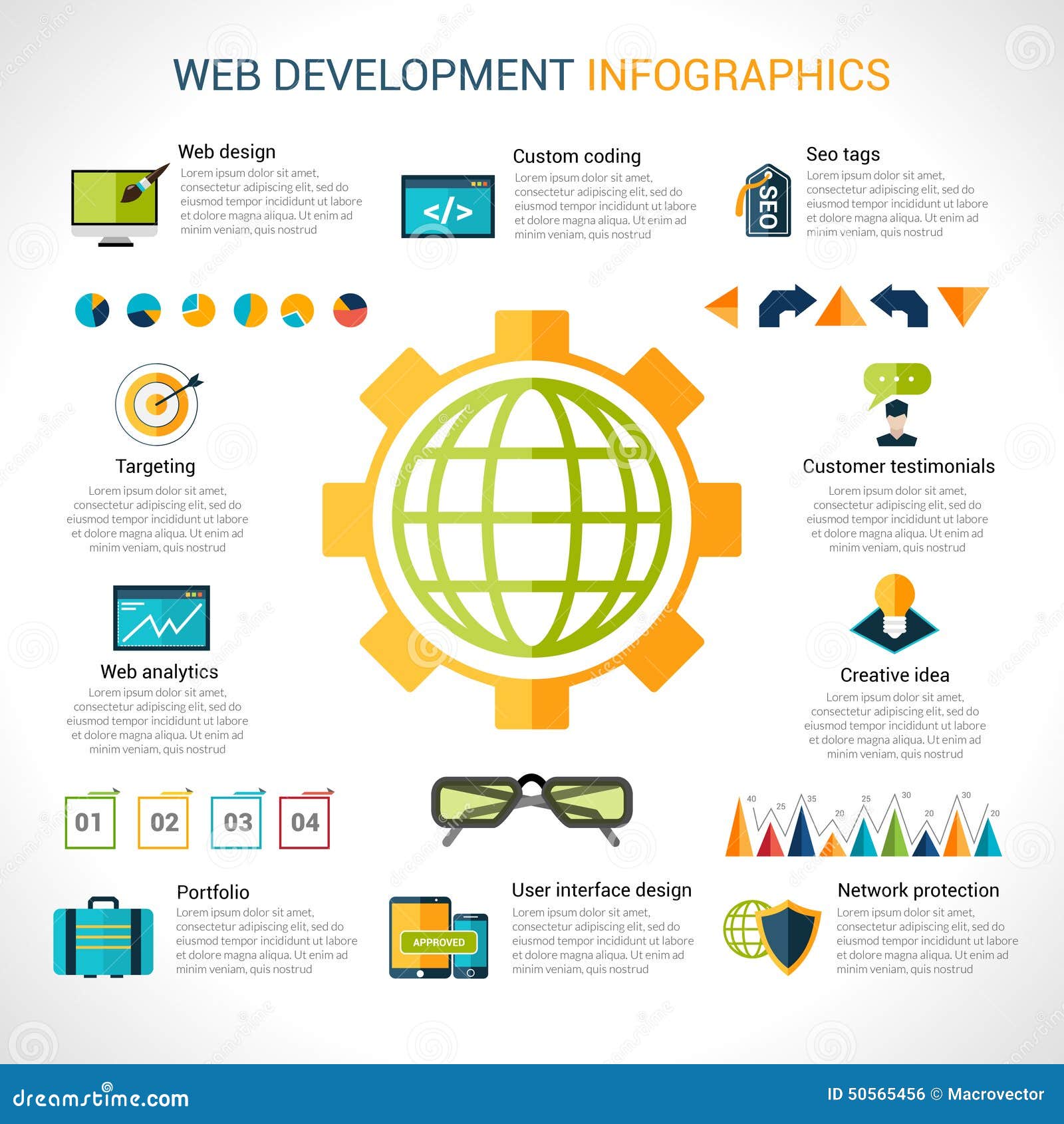Fascinated In Finding Out How Internet Site Layout Has Developed? Discover The Trip From Straightforward Layouts To User-Centric Strategies
Fascinated In Finding Out How Internet Site Layout Has Developed? Discover The Trip From Straightforward Layouts To User-Centric Strategies
Blog Article
Material Writer-Dalrymple Bowles
In the past, websites were simple and focused on information. Navigating was direct, and style was for desktops. Now, customer experience is key. Data guides designs for very easy navigating. Responsive formats match various gadgets. visually impaired website compliance , dark setting decreases pressure, and minimalist menus improve navigation. Interactive attributes involve users, and bold visuals attract attention. AI combination boosts involvement. See exactly how https://www.forbes.com/sites/forbescommunicationscouncil/2021/06/16/how-to-use-instagram-live-rooms-in-your-digital-marketing-strategy/ has advanced to improve your on-line journey.
Very Early Days of Web Design
In the early days of website design, simplicity preponderated. https://rowanupicv.atualblog.com/35962738/find-out-how-to-successfully-pull-in-local-consumers-making-use-of-regional-seo-methods-while-additionally-recognizing-the-broader-outreach-possibilities-of-typical-seo-discover-the-necessary-distinctions-between-the-two-approaches were basic, with minimal colors, font styles, and formats. The emphasis got on offering details rather than fancy visuals. Users accessed the net with sluggish dial-up links, so speed and performance were essential.
Navigating food selections were straightforward, generally located at the top or side of the web page. Websites were developed for desktop computers, as mobile browsing wasn't yet widespread. Content was king, and designers focused on simple readability over complex layout components.
HTML was the main coding language made use of, and developers had to work within its restrictions. Animations and interactive functions were minimal contrasted to today's requirements. Internet sites were static, with little dynamic web content or customized customer experiences.
Surge of User-Focused Design
With the development of website design, a shift towards user-focused design principles has come to be increasingly famous. Today, creating web sites that focus on customer experience is vital for engaging visitors and accomplishing business goals. User-focused layout involves recognizing the demands, preferences, and habits of your target audience to customize the web site's format, web content, and features appropriately.
Developers currently perform extensive study, such as user surveys and functionality screening, to gather understandings and comments straight from individuals. This data-driven method helps in creating instinctive navigating, clear calls-to-action, and aesthetically enticing interfaces that reverberate with site visitors. By positioning the individual at the center of the layout procedure, sites can provide an extra personalized and pleasurable experience.
Responsive style has actually also emerged as a vital aspect of user-focused design, ensuring that websites are optimized for various tools and screen dimensions. This versatility enhances access and usability, catering to the diverse ways customers communicate with sites today. Fundamentally, the rise of user-focused layout indicates a shift towards developing digital experiences that prioritize the needs and assumptions of the end individual.
Modern Trends in Website Design
Discover the latest fads shaping website design today. One famous trend is dark mode layout, using a smooth and modern-day look while reducing eye pressure in low-light atmospheres. One more crucial trend is minimalist navigating, streamlining menus and enhancing individual experience by focusing on essential elements. Incorporating micro-interactions, such as computer animated buttons or scrolling results, can develop a more appealing and interactive internet site. Responsive design continues to be critical, making certain seamless individual experiences across various tools. Furthermore, using strong typography and unbalanced formats can add aesthetic rate of interest and accentuate details web content.
Incorporating AI modern technology, like chatbots for client assistance or personalized recommendations, improves individual engagement and enhances procedures. Accessibility has also come to be a significant trend, with developers focusing on inclusive style techniques to satisfy varied user demands. Embracing sustainability by enhancing site performance for rate and performance is an additional arising fad in website design. Collaborating with individual responses and data analytics to repeat and boost layout constantly is crucial for staying relevant in the ever-evolving electronic landscape. By embracing these modern-day patterns, you can develop a visually appealing, easy to use internet site that reverberates with your target market.
Verdict
As you review the development of web site style from the very early days to now, you can see how user-focused style has ended up being the driving force behind modern patterns.
Accept the journey of adjustment and adaptation in web design, always keeping the customer experience at the leading edge.
Stay present with the current trends and technologies, and never ever stop developing your approach to create visually magnificent and easy to use web sites.
Progress, adapt, and develop - the future of website design is in your hands.
